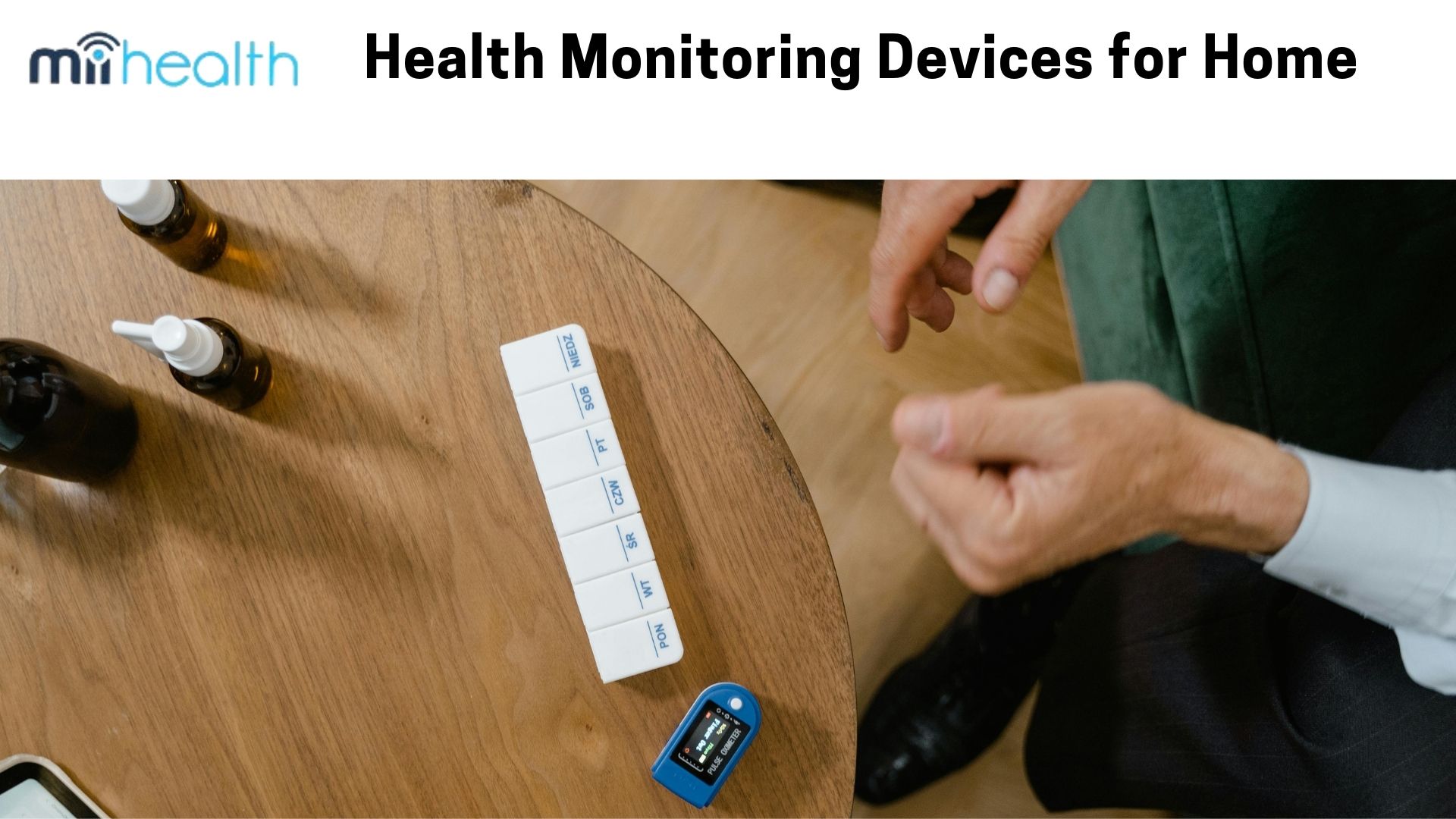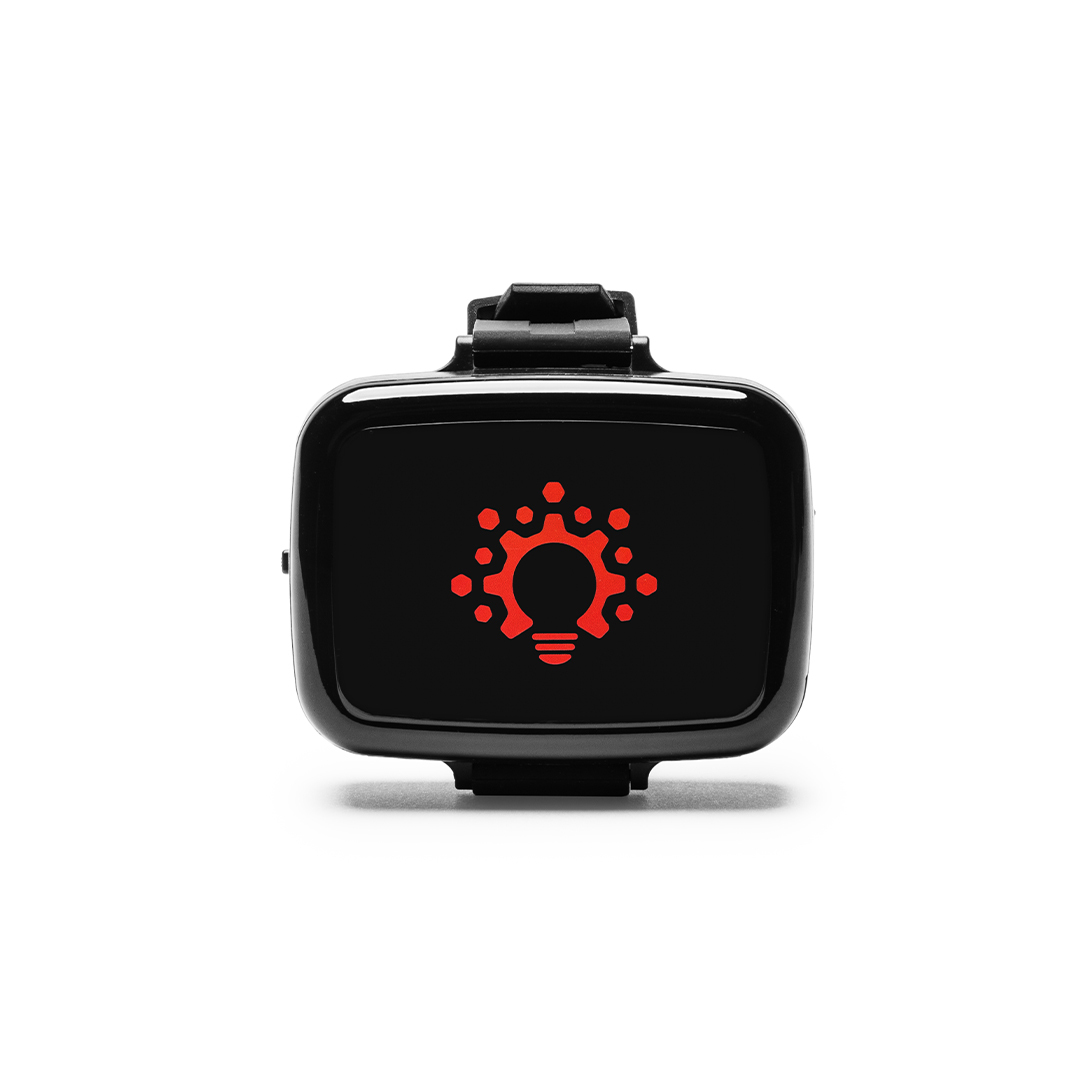How Health Monitoring Devices for Home with Conversational AI Can Support Older Adults

Strong 8k brings an ultra-HD IPTV experience to your living room and your pocket.
As the population continues to grow older, the need for effective, accessible healthcare solutions has never been more pressing. Older adults, especially those living alone or aging at home, present special challenges to their health. They may be required to monitor their health regularly but experience problems of accessibility; they may not afford transportation to attend necessary medical appointments or simply prefer their private time and convenience of managing their own care at home. The good news is that these gaps are now well on the way to being bridged by the tremendous power of conversational AI and the well-timed advancement of health monitoring devices for the home.
This article is a discussion on how health monitoring devices and AI-based technologies enable older adults to regain control over their health and wellness independently. These technologies revolutionize the typical concepts of people regarding health management and its possibility for accessibility, safety, and personalization with seniors across the United States.
The Growing Need for Health Monitoring Devices for Home
With aging comes intricacy in health needs. Diabetes, hypertension, arthritis, and heart diseases are just some of the common chronic conditions seen in elderly people, which demand continuous monitoring to preclude complications. The cases are even more daunting when the older person lives alone. Lacking a caregiver or an immediate member of the family to provide support, it is urgent that a reliable system be in place to track health metrics.
These health monitoring devices for home, including blood pressure monitors, glucose meters, pulse oximeters, and wearable fitness trackers, have now become staples of seniors. Such data may be a better means to pick early warning signs for potential problems, thus intervening in good time.
Useful as traditional health monitoring tools have been, they unfortunately don't quite provide an easy pathway for the data to be communicated to the right people at the right time. That's where conversational AI comes into the picture.
What is Conversational AI, and How Does It Work?
With conversational AI, the user can interact with a device and system in quite a natural, human-like conversation. It uses advanced machine learning, natural language processing, and speech recognition in order to understand and respond to users' real-time queries.
For older adults, conversational AI can also work as a helpful assistant always available, guiding and reminding them and even lifting their mood. For example, such conversational AI can be part of a health monitoring system that provides immediate feedback on their health reading, reminds them to take their medicine, and checks on their well-being.
Empowering Independence and Reducing Isolation with Conversational AI
The most important benefit of using the devices with conversational AI for home health monitoring is that it allows older adults to independently manage their health. Monitoring vital signs, monitoring on the device, and getting real-time feedback from the device gives seniors a feeling of confidence, believing that their health is being taken care of without having to rely on others.
For example, an elderly person measuring his blood pressure with a cuff will immediately have a reading. If those readings are in an unsafe range, the system may suggest to the person that he contact a healthcare provider, or it might warn a family member or caregiver. Such direct, relevant information can be invaluable in helping seniors avoid unwarranted panic and making responsible decisions about their health.
Other than health monitoring, there are other capabilities conversational AI can do. With companionship, loneliness and isolation can be reduced. For older adults, who live alone, this voice-activated AI assistant is capable of giving them the leeway for friendly conversations and asking about their feeling of the day or even giving comfort at certain instances. This would really help bridge the gap towards loneliness, which older adults worry about when they are living alone.
Key Benefits of Health Monitoring Devices for Home with AI Integration
Enhanced Convenience and Accessibility Health monitoring devices for home offer unparalleled convenience. With AI integration, these devices can provide real-time data without requiring the user to manually log information or navigate complex interfaces. For older adults who may have limited tech experience, conversational AI simplifies the process, allowing them to interact with devices in a natural, intuitive way. Seniors can get updates on their health by simply asking their AI assistant about their latest readings.
Proactive Health Management Many health conditions, like high blood pressure or diabetes, can be managed effectively with regular monitoring. Health monitoring devices for home allow seniors to track their health continuously, ensuring that any changes or abnormalities are spotted early. Conversational AI can help seniors understand their health trends, offering guidance on when to seek medical attention or reminding them to take preventive actions, such as adjusting their diet, exercising, or taking medication.
Peace of Mind for Families and Caregivers Family members and caregivers often worry about the safety and health of older adults, particularly when they are living independently. Health monitoring devices for home with AI features can provide peace of mind by allowing family members to monitor real-time data. Some systems can send automatic alerts if there are concerning changes in health metrics, helping families feel more connected and reassured.
Medication Adherence One of the most common issues among older adults is medication non-compliance, whether due to forgetfulness, confusion, or difficulty managing complex regimens. AI-powered systems can send regular reminders about medication times and even track whether the doses have been taken. This helps ensure that seniors remain on top of their medication schedules, which is critical for managing chronic conditions effectively.
Instant Emergency Alerts In an emergency, time is of the essence. Health monitoring devices equipped with AI can be linked to emergency response systems, allowing seniors to quickly summon help if needed. Whether it’s detecting a fall, irregular heart rate, or other health emergencies, the system can send alerts to emergency contacts or healthcare professionals, ensuring timely intervention when seconds count.
User-Friendly Interface Many older adults may feel intimidated by technology, but health monitoring devices for the home with AI are designed to be simple and user-friendly. Voice commands make it easy for seniors to interact with the system without needing to learn complex controls. Whether they are asking about their latest health data or requesting a medication reminder, conversational AI makes technology more accessible.
How Health Monitoring Devices for Home are Enhancing Quality of Life for Older Adults
Integrating conversational AI with home health monitoring: It is not merely a matter of safety but rather quality of life. Now for older citizens and active participation in and control over their own healthcare, it takes a bit of control off their plates as well as helps them get personalized support. Whether reminding them to stay active, supporting them in monitoring progress with their health goals, or just something to talk to, these technologies provide a sense of independence and autonomy.
Another way AI can aid older subjects to lead healthier lives is through making actionable recommendations. For example, some AI systems can observe sleep and activity patterns, thereby allowing older individuals to change their lifestyle more effectively. These devices give seniors the freedom to live longer, healthier life cycles without stripping them of their independence.
Conclusion: The Future of Aging in Place
Health-monitoring devices for the home, powered by conversational AI, represent a tremendous step towards making independence sustainable and healthy for the older generation. As technology and home-based care solutions are increasingly inducted into the lives of seniors, it is these devices that are now providing greater guarantees toward unsafe, uninhibited, and dignified living at home.
Advanced health monitoring integrated with the user-friendly interface of conversational AI empowers seniors to assume an active role in self-managing their health and connecting with their loved ones while reducing the risks of medical emergencies. The more innovative solutions developed, the better quality of life for older adults across the United States will be.
Especially in this world where aging spells challenges, such devices are hope beacons to create a future where older adults will have the opportunity to age in place with proper support, security, and peace of mind.
Note: IndiBlogHub features both user-submitted and editorial content. We do not verify third-party contributions. Read our Disclaimer and Privacy Policyfor details.







